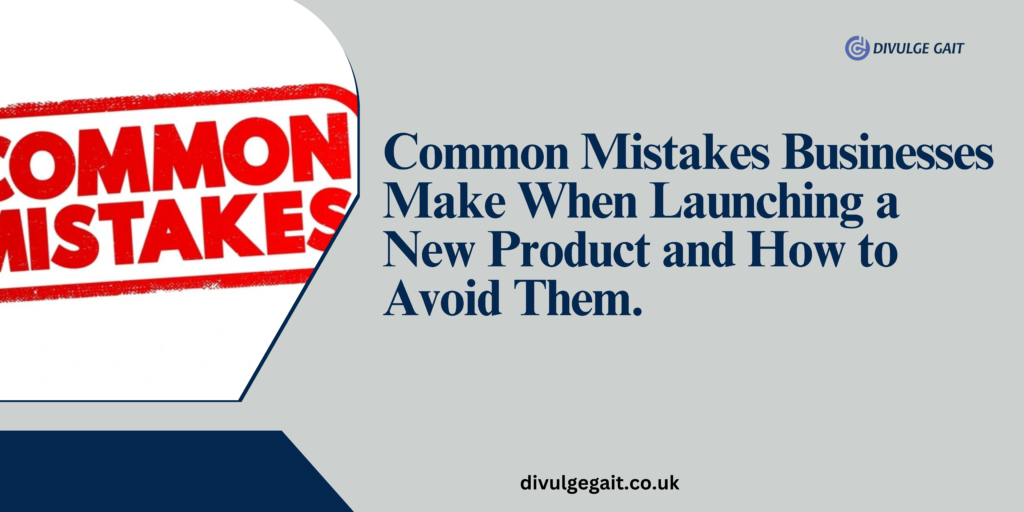Launching a new product can be one of the most exciting yet challenging endeavors for any business. Despite the best intentions and meticulous planning, many companies stumble due to common missteps that could have been avoided with foresight and strategy. Understanding these pitfalls is the first step toward ensuring a successful launch.
1. Ignoring Market Research
One of the most frequent mistakes businesses make is skipping thorough market research. Assuming that a product will automatically resonate with customers can lead to disappointing outcomes. Without understanding your target audience’s needs, preferences, and pain points, even the most innovative product can fall flat.
How to Avoid It: Conduct detailed surveys, analyze competitors, and test your ideas with focus groups. Market validation should be a cornerstone of your product development strategy.
2. Poor Timing
Timing can make or break a product launch. Without a proper strategy, releasing a new product during peak holiday seasons, major industry events, or even economic downturns can lead to missed opportunities or underwhelming performance.
How to Avoid It: Analyze market trends, track competitor launches, and align your release schedule with consumer buying cycles to maximize impact.
3. Inadequate Marketing Strategy
Even the best products can go unnoticed without a solid marketing plan. Many businesses focus too much on product development and neglect promotional efforts until it’s too late.
How to Avoid It: Develop a comprehensive marketing strategy early on. Utilize a mix of channels like social media, email campaigns, influencer partnerships, and paid advertising to generate buzz before and after the launch.
4. Overlooking Customer Feedback
Failing to listen to early user feedback can be detrimental. Customers are the ultimate judges of your product’s success, and their insights can guide crucial improvements.
How to Avoid It: Create feedback loops through surveys, beta testing, and customer support channels. Be agile enough to incorporate changes based on genuine user experiences.
5. Setting Unrealistic Expectations
Exaggerating product capabilities can damage your brand’s credibility. While optimism is essential, overpromising and underdelivering will alienate your customer base.
How to Avoid It: Set achievable goals and be transparent about what your product can and cannot do. Honesty builds trust and fosters long-term customer relationships.
A successful product launch requires more than just a great idea, it demands strategic planning, customer-centric thinking, and continuous adaptation. Steering clear of these common mistakes and focusing on data-driven decisions will help businesses set the stage for a launch that not only meets but exceeds expectations.


